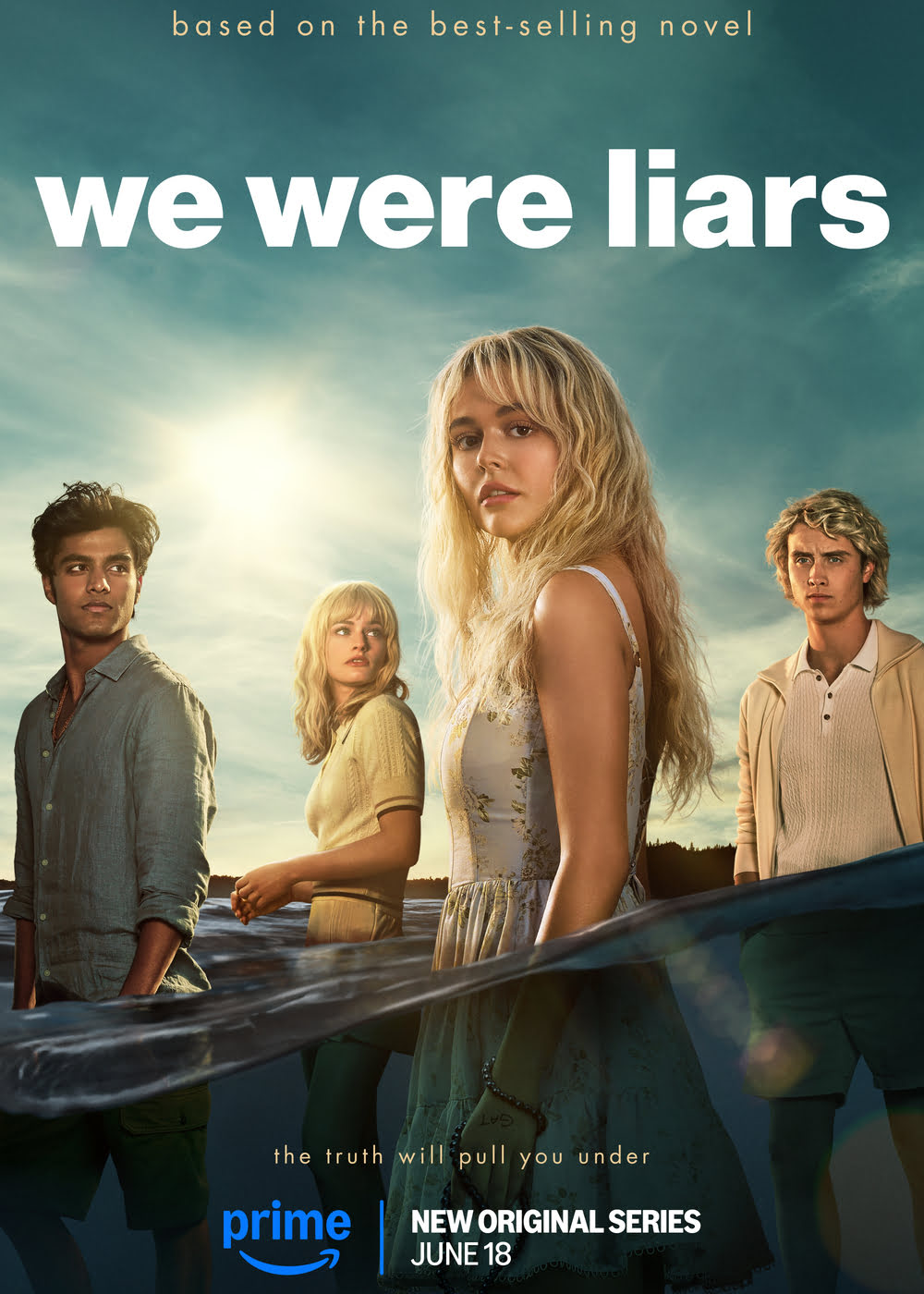Figma's CEO on his new approach to AI
Tech event season is in full swing. This week, Stripe and Figma gathered thousands of people in downtown San Francisco for their respective conferences. I caught up with Figma CEO after his opening keynote at Config, where he announced the most significant product expansion in the company’s history.
Below, you’ll find our chat about how he sees AI fitting into Figma after a rough start to integrating the technology last year, the new areas he’s targeting to grow the platform, and more. And keep reading for how Meta is turning up the heat on its AI team, my thoughts about this week’s OpenAI news, and more…
These days, it seems like Figma has the entire creative software industry in its sights.
On Wednesday, CEO walked onstage in front of about 8,000 people at the Moscone Center in San Francisco to announce four new products: a ChatGPT-like prototyping tool, a website builder and hosting platform, an AI-branded ad tool that’s similar to Canva, and an Adobe Illustrator competitor.
The last time I interviewed Field, he was resetting Figma’s internal culture after its $20 billion sale to Adobe was blocked. When we caught up after his keynote this week, I wanted to hear about his approach to expanding Figma’s suite of products ahead of its planned IPO (the latter of which he refused to talk about), how his new approach to integrating AI differs from last year’s approach that got Figma in trouble, and how he sees the company’s new products stacking up against the competition.
The following conversation has been edited for length and clarity:
I think that people understand now what the models do, and that’s different from Config 2024, where we had a different approach that was not model-driven, and we didn’t feel it was meeting the mark.
Models are useful, and I think that they come with trade-offs. We’re using Claude Sonnet 3.7 in the Make demo. Obviously, it’s modular. We can use other models, and will, in the future. The only thing that’s constant is change when it comes to model development. You cannot necessarily predict from these models what they’ll put out, and if it’ll be something that’s derivative or non-derivative.
We do our best wherever possible to make attributions. For example, if you take a design that’s from the community, and we can detect that it came from the community, we put an attribution link in your code. At the same time, we cannot tell when the model has potentially remembered something. It’s not something we’ve even trained, right? So there’s only so far we can go here. That doesn’t mean that it’s not beneficial to the user.
Looking back at the last decade at Figma, the thing that’s been continually amazing to me is that we truly have been on this exponential curve of how much software is created. It’s basically going vertical. We’re going to see more software created than ever before because of AI.
I really believe that design and craft are the differentiator that makes a product and a brand stand out. Can you vibe code or hack your way towards something that makes money? Absolutely. But is it going to be an enduring product? For that, if you have any level of competition, you need to have really good design, a point of view, a great user experience, and a great brand. If you think about all the context that humans have that a LLM does not, I don’t see it being the case that models will get you there all the way.
We see what people are doing in Figma already. Back in 2020, in pandemic times, people were treating Figma like a space to collaborate. We saw tons of brainstorming and ideation. We had to pull that out and make it its own surface because Figma Design is not optimized for brainstorming, ideation, whiteboarding, or diagramming. We saw that 5 percent of the files in Figma Design were slides, so we went and made Figma Slides. I think there’s a lot more inside of Figma, in terms of use cases, that need to be pulled out.
We talk a lot about the process of going from idea to product, and that can involve all sorts of different steps. Make spans that whole process. Sometimes you have an idea in your head, and you’re like, “I want to prototype this. I want to get it out there, or I want to use it for myself to iterate and see if it does actually work.”
Right now, we’re hosting. You can set a custom domain. Sites have been made in Figma for a long time. You’d have to either go somewhere else to deploy them, or you could code it all up yourself from Figma. Obviously, we hope that Dev Mode can help with that, but if we can get to the point where you can just press the publish button, that seems infinitely better to me for a designer trying to get a site out into the world. I think that’s a pretty distinct use case from the Squarespaces of the world, where, similar to Canva, they are more targeted towards consumers and small businesses.
That’s not in our plans right now. I think we are right now focused on making sure Buzz is really high quality for what we’re trying to do on the web, and we can go from there.
I have the utmost respect for Canva. The founders are credible. My conceptualization of Canva is more on the consumer and small business side. You’re trying to do something fast. Buzz is focused on brand assets. It’s an enterprise use case.
I think there’s a role for AI in generating marketing assets. In Buzz, you can generate images and you can write text. What I have not seen yet is a world where the models can generate content that a brand team would be really proud of. Maybe that’s coming, but it seems further away than you might expect.
- Aurora co-founder is leaving for a “senior leadership role at an iconic global company.”
- , Nvidia’s VP of corporate marketing and developer programs, is retiring after 15 years.
- Snap’s first general counsel, is joining Rippling in the same role. And , Uber’s first chief privacy officer, is retiring.
- Netflix is looking for a product manager to help people “create and share content in engaging ways off-and-on Netflix.”
- X is looking for a new head of PR. (Good luck.)
More to click on:
As always, I welcome your feedback, especially if you have thoughts on this issue or a story idea to share. You can respond here or ping me securely on Signal.
Thanks for subscribing.











